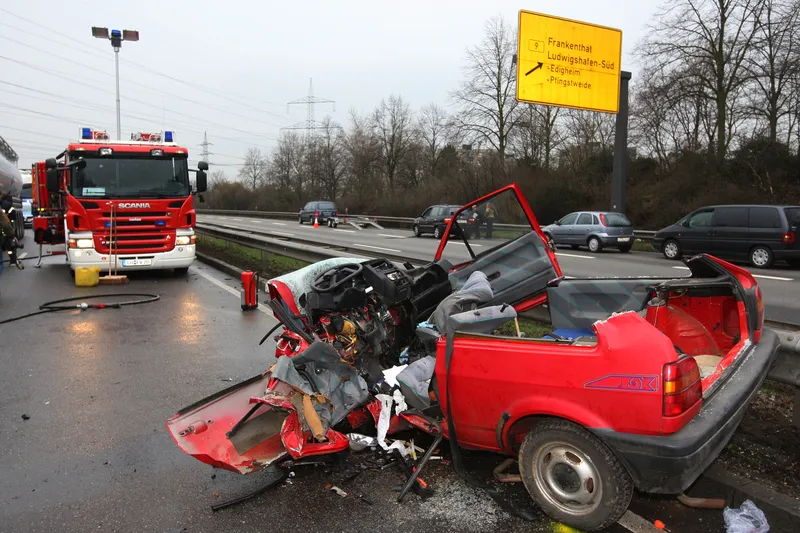Total alternative fuel vehicle (AFV) registrations in the EU in the third quarter of 2015 increased by 13.4 per cent, reaching 127,661 units. Of these, electric vehicle (EV) registrations showed a substantial increase of 62.2 per cent, rising from 17,488 units in the third quarter of 2014 to 28,360 units in the third quarter of 2015.
Demand for new hybrid vehicles (HEV) also grew significantly by 34.7 per cent, totalling 53,183 units. On the other hand, registrations of new passenger cars powered by propane or natural gas showed a decline of 17.1 per cent in the third quarter, totalling 46,118.
Looking at the EU’s major markets, Spain saw the largest increase of AFVs registered over the third quarter, followed by the Netherlands, France and the UK. While growth in Spain was sustained across all AFV categories, growth in the Netherlands, France and the UK was totally driven by electric and hybrid electric vehicle markets.
Among the EU and EFTA countries, Norway registered the largest number of electrically chargeable vehicles over the period, totalling 7,823 units
Increase in EU alternative fuel vehicle registrations
Total alternative fuel vehicle (AFV) registrations in the EU in the third quarter of 2015 increased by 13.4 per cent, reaching 127,661 units. Of these, electric vehicle (EV) registrations showed a substantial increase of 62.2 per cent, rising from 17,488 units in the third quarter of 2014 to 28,360 units in the third quarter of 2015.
October 30, 2015
Read time: 1 min







